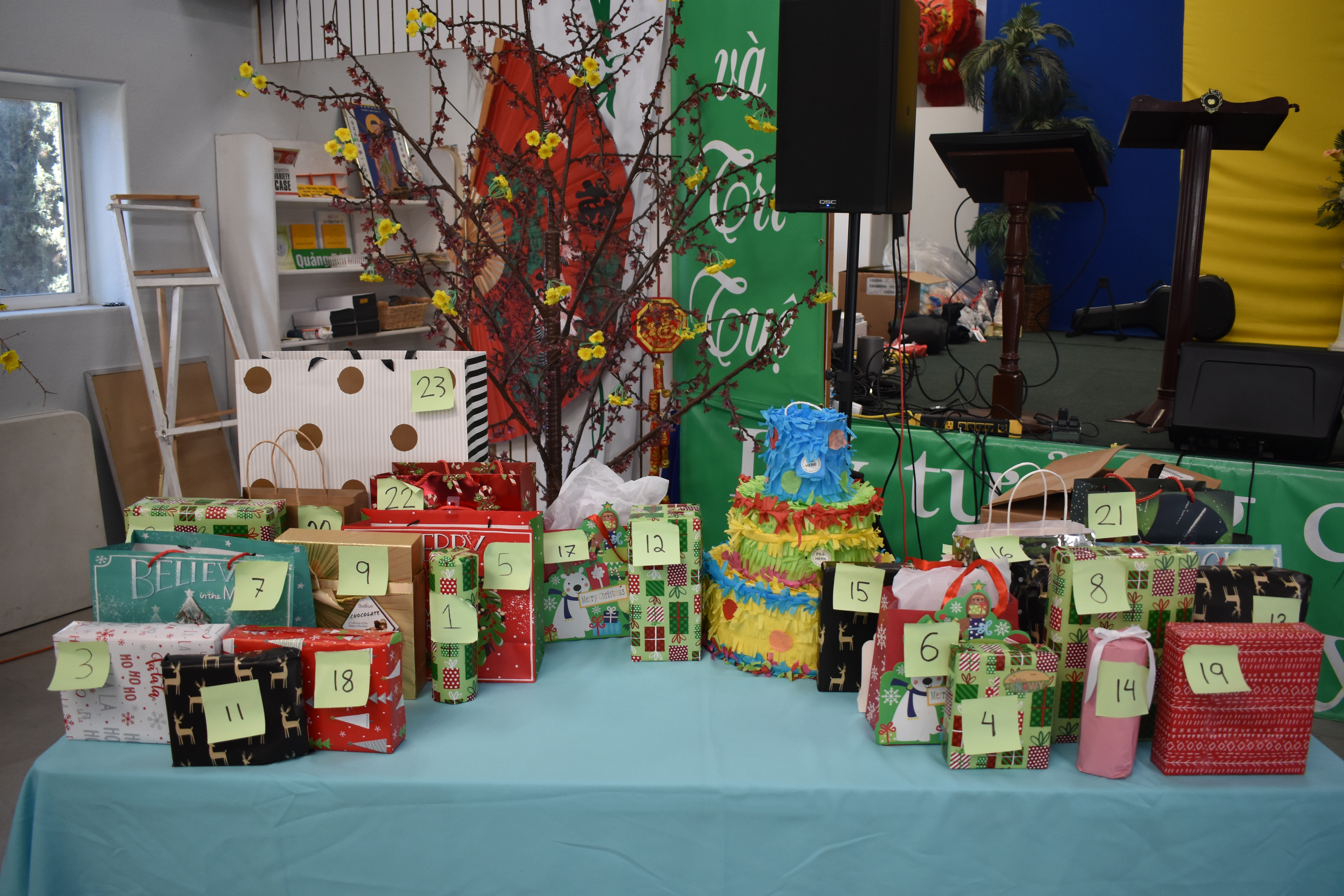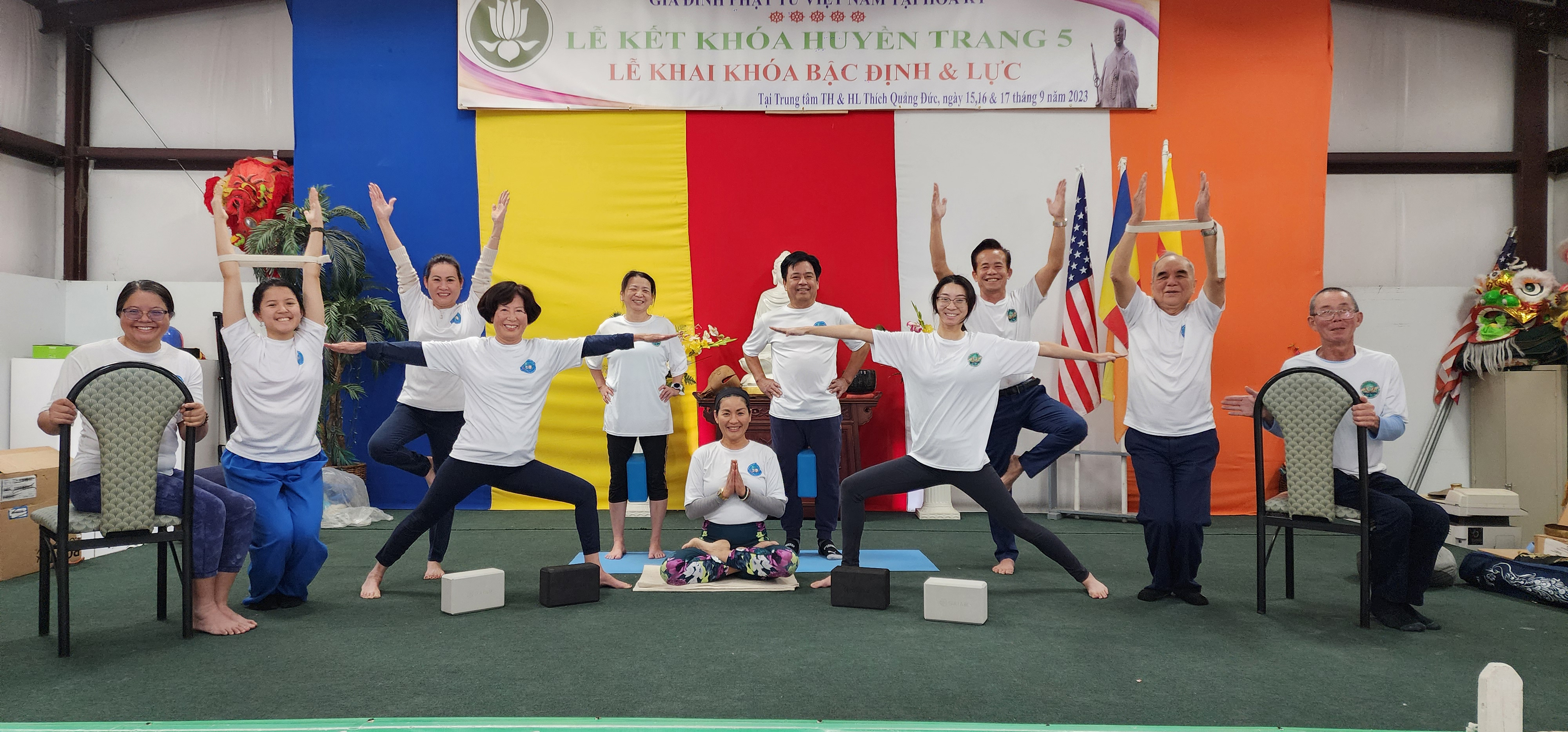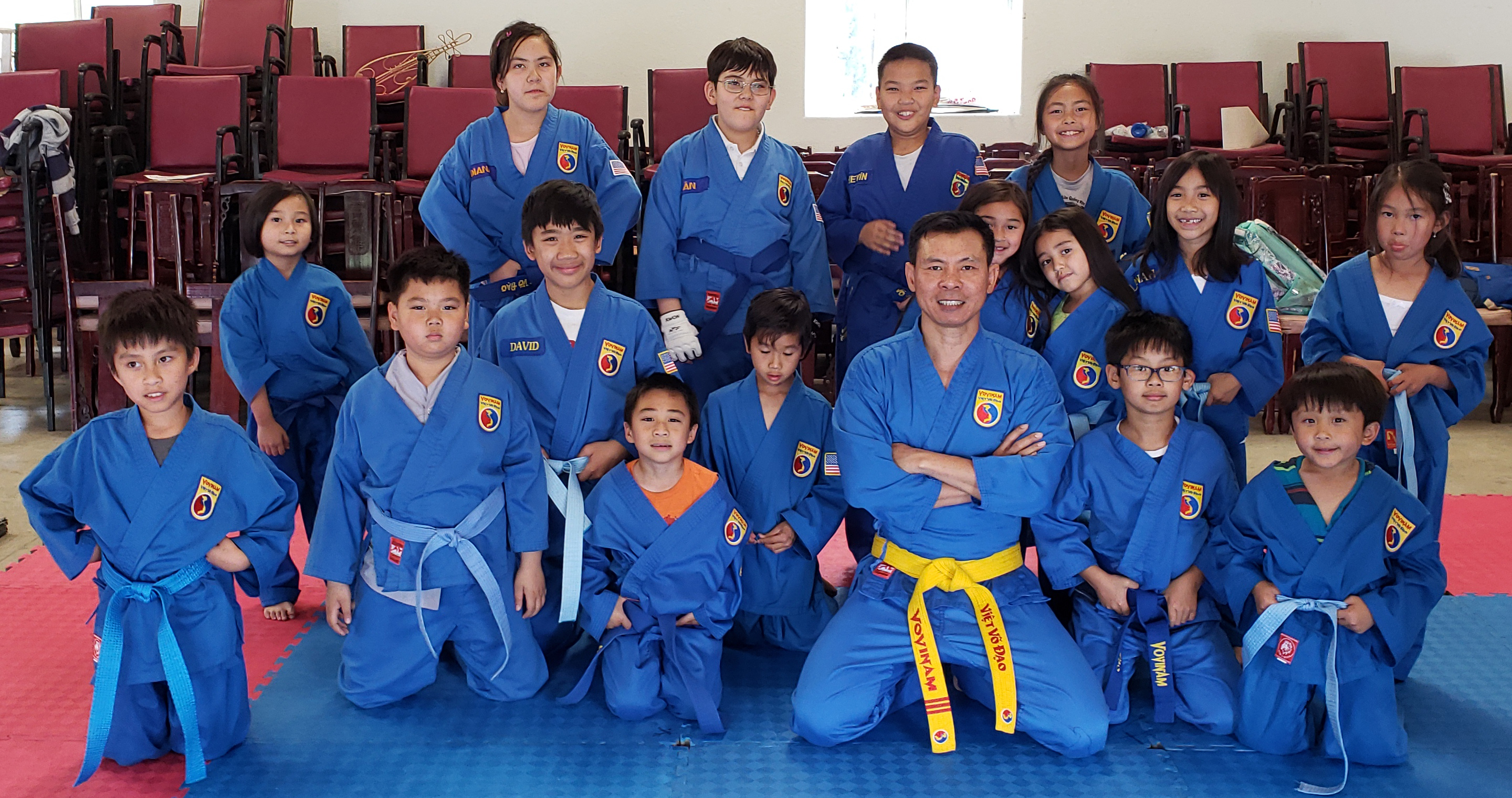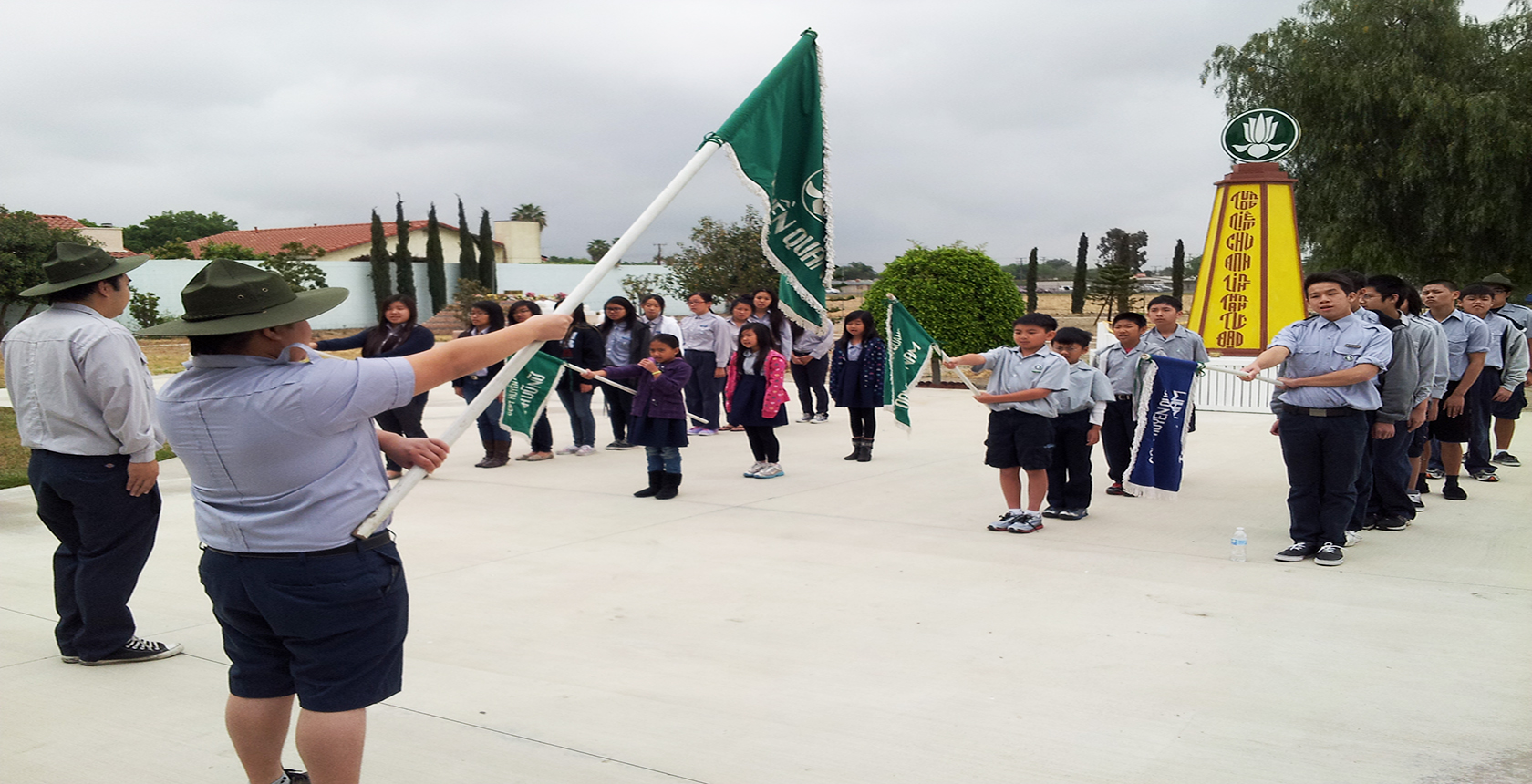GIA ĐÌNH PHẬT TỬ HUYỀN QUANG
The Buddha’s Process of Cultivation, Realization and Enlightenment
Buddha is a historic person in the history of human civilization. Today, we can find historical records of the life of Sakkamuni Buddha. We can also visit historic sites in India and Nepal that commemorate the places where he was born, where he attained enlightenment, where he delivered his first sermon, and where he left this world.
When Queen Māyā, wife of the King Suddhodana (V: Tịnh Phạn) of the kingdom of Kosala in Northern India, was near giving birth, she returned to her kingdom of origin, Koliya, to give birth, as was the tradition at the time. But before she could reach Koliya, she gave birth to prince Siddhattha in the garden of Lumbini. After a few days, she died from complications from the birth.
Over many days, the Prince couldn’t find peace of mind. He realized that aging, sickness and death are natural laws that no one can avoid. With his indomitable spirit, the Prince vowed that he would not submit to these laws. He said to himself: “I will find the way to be free of aging, sickness and death, for me and for all humankind.”
At that time Princess Yasodharā had just given birth to her first son, Rahula (V: La Hầu La). One night after the banquet had ended and the whole palace was asleep, Prince Siddhattha came to visit his wife and new-born son for the last time. Then he woke up Channa, took out his horse Kanthaka (V: Kiền Trắc), and left the palace in the darkness of night.
Monk Gotama was not discouraged and continued his spiritual quest. Shortly after, he met five monks led by Koṇḍañña, who taught him the self-mortification practice. The practice uses strong will to shut down the desires and cravings of the ego. For example: restrict food intake to a minimum, such as eating a sesame seed or drinking a drop of water a day; lying on thorns; not wearing clothes; living near a graveyard or in the jungle; living like an animal; applying mud and ash to the face and body; not shaving.
After six years practicing self-mortification, Monk Gotama started to have doubts because, although he had successfully vanquished the demands of the body, this did not lead him to enlightenment and liberation. One day, he fell, exhausted and unconscious by the river’s edge. Fortunately, a young shepherd girl passed by and gave him some sheep’s milk to drink, this helped him to slowly recover consciousness.
One day, as he was meditating, a young girl named Sujātā came by with some kheer cake that she intended to offer the gods to help her have a baby boy. This was an opportune supporting condition as it allowed Monk Gotama to concentrate on his practice without the need to seek food to nourish him.
He started by practicing the breathing technique that he discovered in his youth, called “Awareness of breathing in and breathing out” (P: Ānapāna Sati Samādhi). As a first step, Monk Gotama said silently: “I know I am breathing in, I know I am breathing out …”, focusing on keeping his awareness together with the silent talk. The effectiveness of this step is to stop the habit of silent chatter that arises from the thinking mind, intellect, and consciousness. The mind of Monk Gotama became peaceful and relaxed and a feeling of rapture and happiness arose. What is important in this step is that the inner talk should constantly go together with the awareness of breathing.
When he experienced the first stage of samādhi, Monk Gotama felt a feeling of joy and elation permeate his whole body and a sense of peace in his mind. He realized that this result was largely due to ceasing desires and unwholesome states. He then moved to the second stage that consisted of stopping the inner talk and just keeping the awareness: “Aware of breathing in, aware of breathing out”. His breath moved in and out naturally, he just maintained his clear awareness of the breath going in and out without using his consciousness or intellect to observe, monitor or control his breathing. He then entered the second stage of samādhi called “Samādhi without inner talk and inner dialogue” (V: Định không tầm không tứ) in the suttas. Monk Gotama dwelt in this meditation stage for a week.
As he entered the third week, Monk Gotama was aware of rapture and happiness arising but did not feel enjoyment for this feeling, instead dwelling in the tranquility and peacefulness of his mind. This stage of samādhi is called “letting go of elation and dwelling in equanimity” (V: Ly Hỷ Trú Xả) or “Full and Clear Awareness” (P: Sati Sampajañña, V: Chánh Niệm Tỉnh Giác). In this stage, there is clear and complete awareness of the external and internal worlds without any attachment arising.
In this stage, the state of wordless awakening awareness that Monk Gotama had attained in the third stage became wordless cognitive awareness. His mind entered a state of immobility. The little attachment that remained as the state of bliss (“equanimity”) also disappeared. His mind fell into a state of deep stillness. His consciousness was immobile. The energy of wordless cognitive awareness became clearer and clearer. His breath fell into a pattern of stopping automatically at intervals; this is called pure breathing (V: tịnh tức).
On the last day of the fourth week, with his mind immobile and deep into the fourth stage of samādhi, three wisdoms, also called “the three realizations” (V: ba minh), progressively appeared in Monk Gotama’s mind, like images that start to reflect on a mirror that is now clear of dust. The light of enlightenment illuminated his pure mind. The first wisdom was the knowledge of his own past lives (V: túc mạng minh), which appeared in general outline and detail, and the causes and conditions that led to the present. Monk Gotama realized knowledge of his past lives in the first watch of the night.
After attaining the three realizations, Monk Gotama stayed for another seven weeks under the bodhi tree to re-examine the truths that he had realized. He looked at worldly phenomena while in his tathā-mind and saw the true nature of worldly phenomena. That was the beginning of his second realization, the realization of the law of dependent origination. Monk Gotama had attained full enlightenment; he had achieved the Ultimate Enlightenment (P: anutttara sammā sambodhi, V: vô thượng chánh đẳng giác); he became the Buddha.
 CHU NIÊN
CHU NIÊN
 PHẬT ĐẢN
PHẬT ĐẢN
 VU LAN
VU LAN  TRẠI HÈ
TRẠI HÈ  VIỆT NGỮ
VIỆT NGỮ  YOGA
YOGA VOVINAM
VOVINAM GÂY QUỸ
GÂY QUỸ MỞ MẮT
MỞ MẮT  CHÂN CỨNG
CHÂN CỨNG  CÁNH MỀM
CÁNH MỀM  HƯỚNG THIỆN
HƯỚNG THIỆN  SƠ THIỆN
SƠ THIỆN  TRUNG THIỆN
TRUNG THIỆN  CHÁNH THIỆN
CHÁNH THIỆN  BẬC HÒA
BẬC HÒA  BẬC TRỰC
BẬC TRỰC